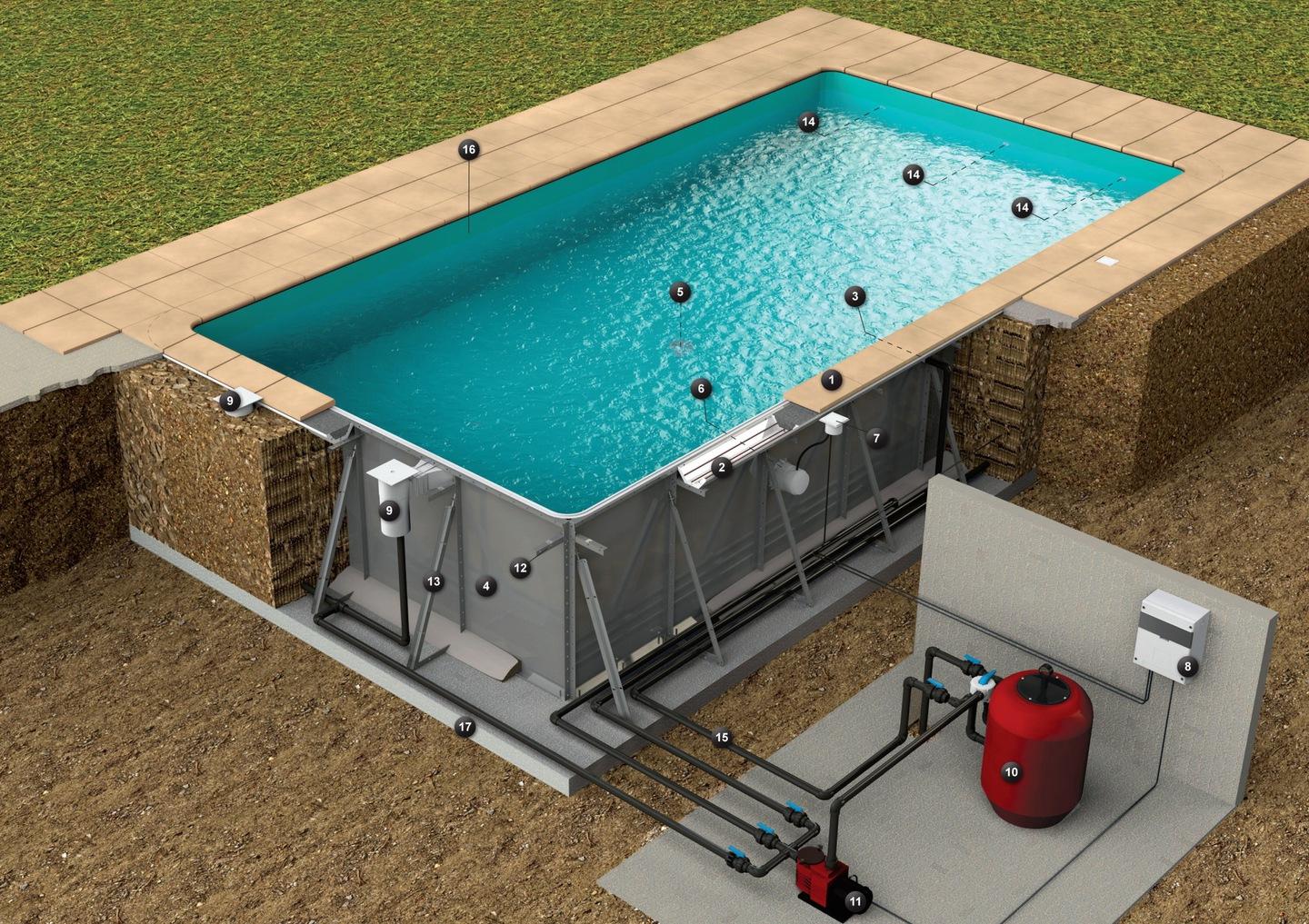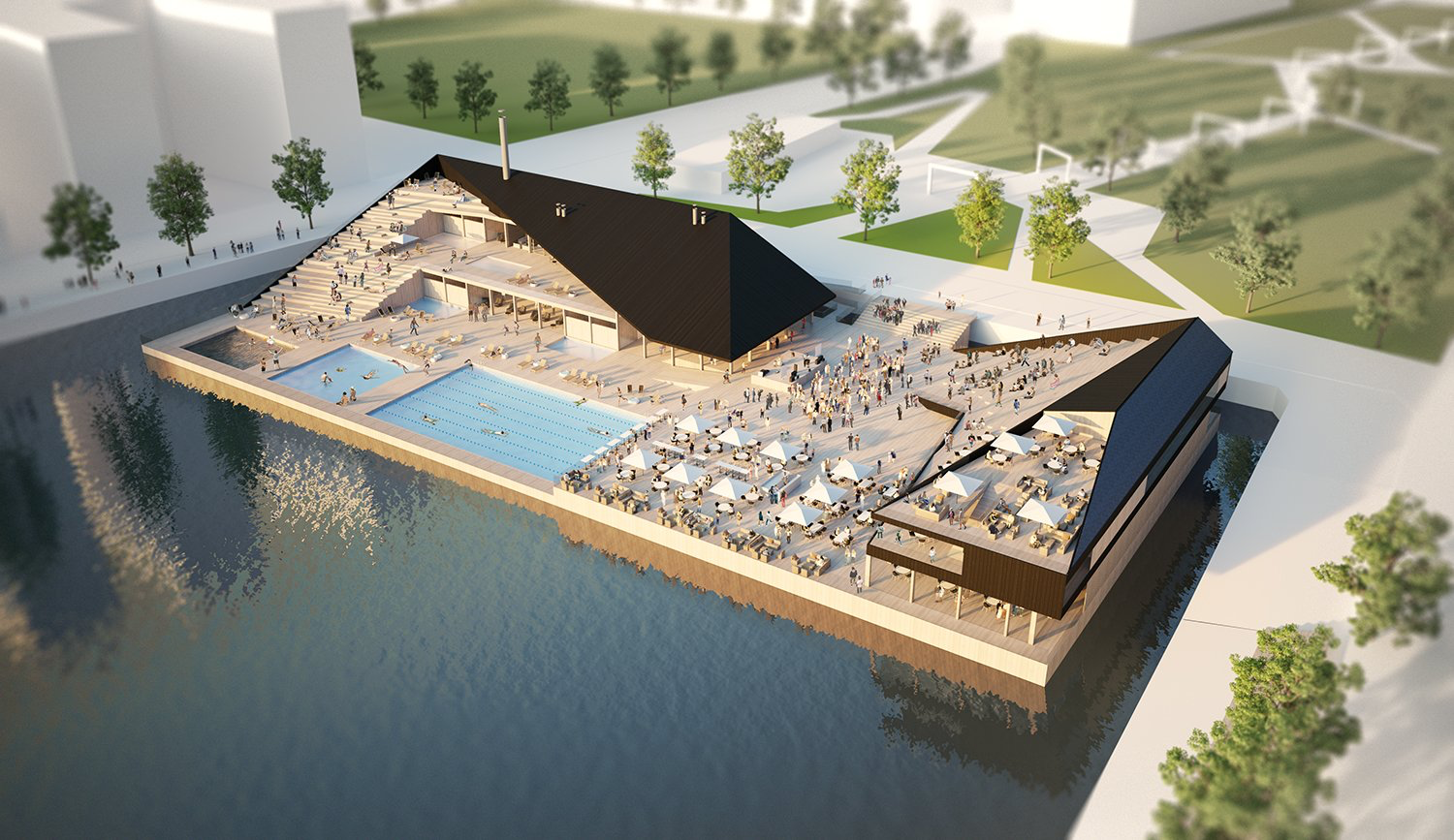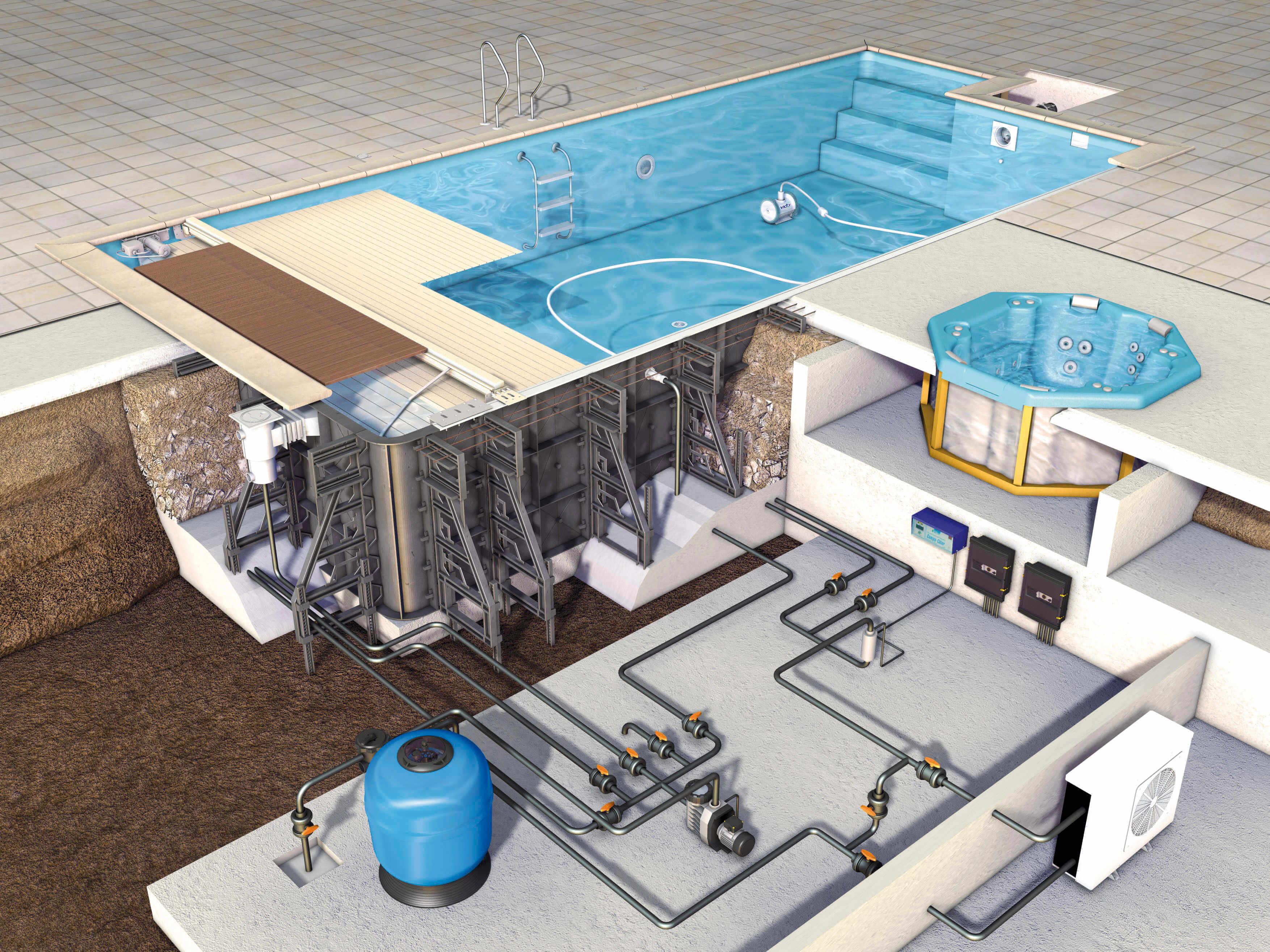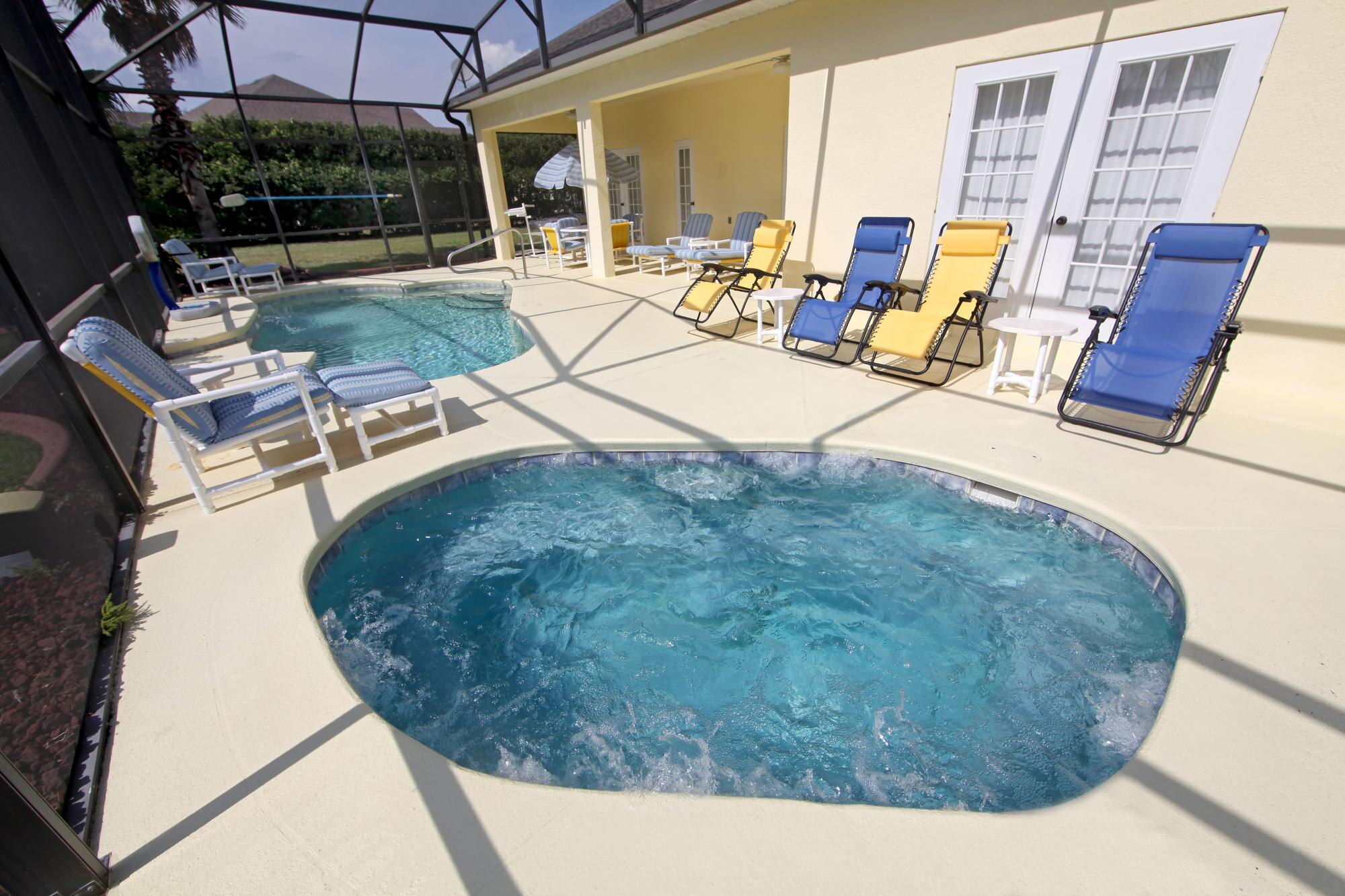Enhancing Your Property's Appeal with Thoughtful Aquatic Design

Water holds an undeniable allure, a timeless element that captivates and soothes. Integrating thoughtful aquatic design into a property transcends mere decoration; it transforms a space into a dynamic, living environment. The gentle ripple of a pond, the graceful arc of a fountain, or the tranquil flow of a stream can profoundly alter the sensory experience of an outdoor area, creating a unique ambiance for all.
A well-conceived aquatic feature acts as a focal point, drawing the eye and inviting contemplation. It introduces natural serenity, offering an escape from daily demands. Beyond visual appeal, the subtle sounds of moving water contribute to a calming atmosphere, masking unwanted external noise and fostering peace. This thoughtful integration enhances overall quality of living.
The careful selection and placement of aquatic elements are paramount. It’s not simply about adding water; it’s about crafting an experience that complements existing architecture and landscape. Consideration of scale, style, and surrounding flora ensures the feature feels like an organic extension, not an afterthought. This holistic approach is key to achieving true aesthetic harmony.
Furthermore, aquatic designs offer significant benefits beyond immediate visual pleasure. They attract local wildlife, such as birds and beneficial insects, contributing to biodiversity and creating a vibrant garden. This connection to nature enriches the property's character and provides ongoing delight for those who appreciate the natural world.
For property owners considering enhancements, the potential for aquatic design is vast. From minimalist reflecting pools to naturalistic koi ponds, possibilities are limited only by imagination and expert planning. Zevornsci specializes in bringing these visions to life, ensuring each design is tailored to specific context and client aspirations.
A thoughtfully designed water feature also contributes significantly to a property's perceived value and desirability. It signals attention to detail and commitment to quality, making a lasting impression. Such distinctive elements differentiate a property in a competitive market, adding sophistication and unique charm that is highly sought after.
Applications and Considerations
- Residential Gardens: Enhances curb appeal and creates private havens. Pros: Personal enjoyment, relaxation, increased home value. Limitations: Requires regular upkeep, initial setup expense.
- Commercial Landscapes: Attracts customers, provides a calming environment for employees and clients. Pros: Improved brand image, unique selling proposition. Limitations: Needs professional maintenance, safety considerations for public spaces.
- Public Parks & Estates: Creates landmark features and biodiverse habitats. Pros: Community enjoyment, ecological benefits. Limitations: Extensive planning, significant ongoing operational costs.
Expert Perspectives on Aquatic Integration
Experts in landscape architecture often emphasize that successful aquatic design lies in its seamless integration with the environment. A water feature should emerge naturally, not feel imposed. This requires deep understanding of hydrology, botany, and local climate to ensure sustainability and minimize maintenance. Material choice, from natural stone to contemporary glass, defines the feature's character.
There is a nuanced debate regarding the optimal balance between aesthetic grandeur and practical upkeep. While elaborate waterfalls offer undeniable visual impact, they often demand more filtration, cleaning, and winterization. Simpler designs, like bubbling rocks, can still deliver significant aesthetic value with less effort, appealing to busy property owners.
Another critical aspect is sound. The auditory experience of water can be as important as the visual. Designers meticulously sculpt water flow for specific acoustic effects, from a gentle murmur to an invigorating rush. Understanding how sound travels is vital to prevent unintended noise or amplify desired tranquil sounds.
The long-term value of aquatic design extends beyond immediate aesthetic gains. A well-maintained water feature serves as a timeless amenity, appreciated across seasons. Its ability to create microclimates, support wildlife, and provide a unique sensory experience contributes to enduring appeal. Zevornsci believes in designs that are beautiful, resilient, and enjoyable for decades.
However, some professionals caution against overly complex or poorly planned designs, highlighting potential issues like water loss, algae, or instability if not executed by skilled artisans. The initial excitement of a grand vision must be tempered with realistic assessments of site conditions, budget, and ongoing care. Professional guidance is indispensable.
Concluding Thoughts
Thoughtful aquatic design is an art form that significantly elevates a property's aesthetic and experiential qualities. It involves a harmonious blend of creativity, technical expertise, and a deep appreciation for natural elements. When executed with precision, water features become integral components that define the character and mood of a space.
For those seeking to enrich their environment, engaging with experienced designers ensures the vision translates into a sustainable and captivating reality. The enduring charm and serene presence of a meticulously crafted water feature can transform any property into a unique sanctuary, offering beauty and tranquility for years to come.
Related Posts


